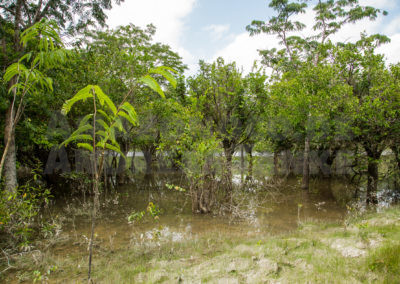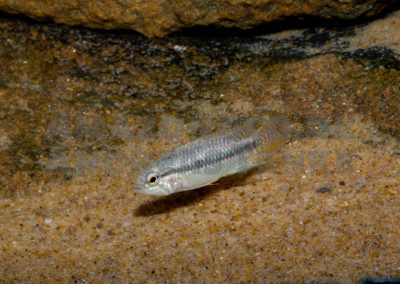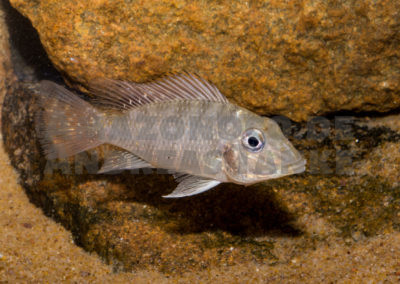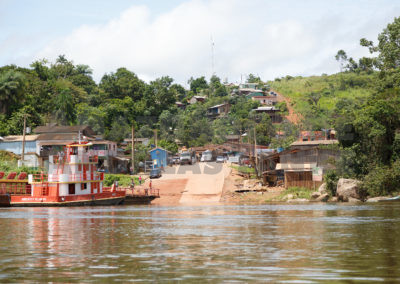
by Andreas Tanke | 18. 06. 2018
Biotopes of plecos at Rio Xingu
The Rio Xingu is one of the most important tributaries of the amazon in Brazil. I‘ll present different types of biotopes of the Rio Xingu and their inhabitants. The start is at the mouth of the Rio Xingu near Porto do Moz and ends at São Félix do Xingu. The main aspect will be the big bend – the Volta Grande. But also the Rio Iriri will not be skipped. At the end I‘ll give a foresight of the future of the Rio Xingu. That might be very bad, because of the hydroelectric dam and the exploitation of mineral resources!
Stromschnellen in der Volta Grande
Oligancistrus zuanoni (L 20)
Scobinancistrus aureatus (L 14)
Tiefe Areale in der Volta Grande
Biotope in der Volta Grande
Niedrige Wasser in der Volta Grande

by Andreas Tanke | 16. 05. 2018
Changings in Cichlid Biotopes at the Rio Xingu
In this talk I‘ll show the possible impact of the Belo Monte dam to the inventory of cichlids at the Rio Xingu. Also I want to explain the actual situation in Altamira, about the Belo Monte dam, and the resulting problems. But I also present many biotopes and the cichlids that are living there…
Rock formation at the Rio Xingu
Flooding area at Igarapé Tucurui
Apistogramma sp. „Chao“ (A 42)
Apistogramma sp. „Vitória do Xingu“ (A 229)
Crenicichla aff. lugubris „Xingu II“
Satanoperca sp. “Vitória do Xingu”
Geophagus cf. altifrons „Xingu“

by Andreas Tanke | 16. 05. 2018
The Rio Xingu is one of the most important tributaries of the amazon in Brazil. I‘ll present the situation in the low water season and compare it with the high water season, when most rapids are flooded. Especially I give information about the actual situation at the Belo Monte dam and what that means for the future! Furthermore I‘ll present the breeding facility from UFPA that is managed by Leandro Sousa.
055A0822
Pimental Staudamm
Belo Monte Staudamm
Belo Monte Staudamm
Belo Monte Staudamm
Belo Monte Staudamm




































